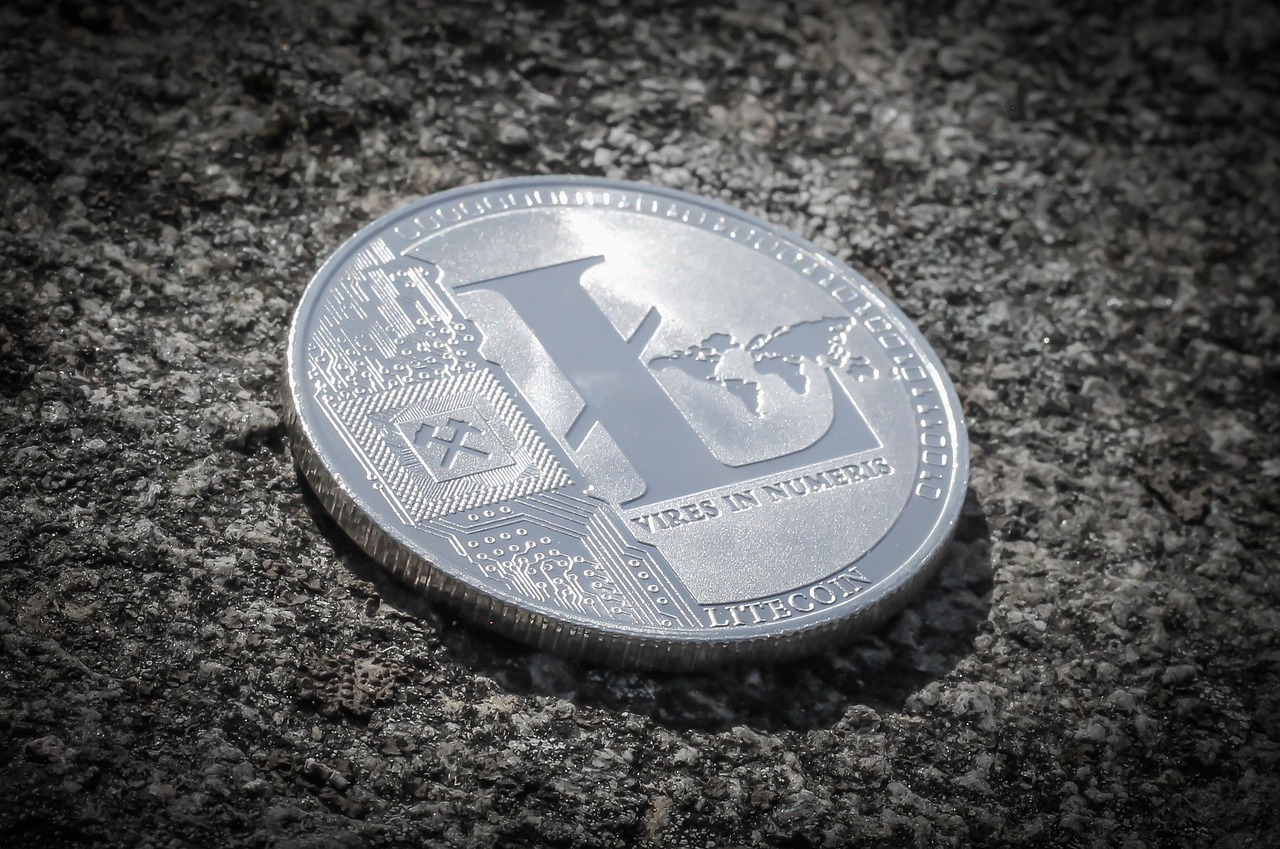Cryptocurrencies have been one of the most raving topics in the financial industry. There have been more than 4,000 digital currencies as of January 2021. Many of these cryptocurrencies have minimal or no trading volume, although some have enjoyed immense popularity among investors and backers.
Litecoin emerged two years after Satoshi developed bitcoin (BTC) in 2009. Charlie Lee, a former Google engineer, founded this crypto coin as a strong competitor of BTC. The crypto market has always viewed LTCs as a reaction to BTC. Successful traders and market experts also titled it as a light version of BTC. It is perhaps because Litecoin has many similar features as bitcoin. However, it is slowing and gradually becoming accustomed to other necessary aspects that can take it to a more improved functioning phase.
According to the market capitalization, LTC enjoys its position as the world’s ninth-largest digital currency. Although Litecoin gave a tough time to bitcoin at the early stages, its popularity has faded after the crypto market has gone more saturated in the past couple of years.
Ltiecoin Mining
Like other cryptocurrencies, LTC is a decentralized currency and has nothing to do with government or financial institution supervision. Instead of working with central bank regulation and undergoing a printing process, LTCs come into existence through mining. Crypto mining is an elaborate procedure, which comprises a series of digital coin transactions.
Litecoin has a fixed supply. Its network does not allow the creation of more than 84 million LTCs in circulation. It indicates that you can generate a new entry of the ledger or a new block of LTC transactions globally.
Miners use a specific mining software program to verify the block to make it visible to a system participant who wants to check it. After verification, the miner sends the new block into the chain, which serves as a record of every LTC transaction. Litecoin mining involves several incentives. For example, the miner who can successfully validate a block will get a reward of 12.5 Litecoins.
However, the number of LTC rewarded goes down with time. It experienced halving in August 2019. The same practice will continue at regular intervals until miners can mine 84 millionth LTC. According to the Litecoin Foundation, the maximum number of LTCs is likely to complete by 2142. While it is difficult for any new currency to develop a significant reputation in the market, Charlie Lee could at least relieve the fears of overproduction.
Mining LTCs at a profitable rate involves an enormous amount of processing power and behavior and the maximum capacity of dedicated hardware or devices. It is worth mentioning that you can mine Litecoin with the central processing unit on a personal computer. This aspect makes this digital coin stand out among a range of cryptocurrencies existing today. The greater hardware’s capacity to mine LTCs is, the more chances are to earn something valuable for you.
Difference between Litecoin & Bitcoin
Although LTCs carry many characteristics of bitcoin, they are not exactly the same as the latter. Some of the notable points that distinguish these currencies from one another include:
- The use of different cryptographic algorithms is the most notable difference between these crypto coins. Litecoin uses scrypt, which is a relatively new algorithm, while BTCs employs the SHA-256 algorithm.
- Litecoin aims to prioritize transaction speed, which is much faster than bitcoins. The average transaction verification time on a BTC network is 9 minutes per transaction. On the other hand, the Litecoin network takes 2.5 minutes to complete transaction verification. The shorter time to generate a block allows miners to handle more transactions in a day.
- Another difference between bitcoin and Litecoin is market capitalization. BTCs enjoy more value than LTCs. The current value of bitcoin is about one trillion US dollars, whereas LTCs are worth $18.3 billion. Both the currencies have fixed supplies. The total supply of bitcoin limits 21 million coins, whereas LTCs can be up to 84 million coins.
The information provided on this website should not be interpreted as financial or investment guidance and may not embody the perspectives of Forex Tools Trader or its contributors. Forex Tools Trader does not hold responsibility for any financial setbacks experienced due to the use of information provided on this website by its writers or patrons. It's essential to thoroughly investigate and make informed decisions before entering any financial commitments, particularly concerning third-party reviews, presales, and similar ventures. The content you are viewing may be sponsored content, read our full disclaimer to learn more.



